Anderson Ranch Arts Center sits at an elevation of 8,200 feet, at the head of the Brush Creek Valley, just above the town of Colorado’s Snowmass Village. In the winter, the mountains that frame both Snowmass and Aspen, just 15 minutes away, are world-class ski runs, white with snow.
But in the summer Anderson’s five-acre campus is verdant and fertile, with both wildflowers and creative spirit, as world-renowned artists and art-world luminaries, art-lovers, and nearly a thousand art students of all ages come and go, crisscrossing the sun-dappled paths surrounded by stolid spruces and limber aspens.
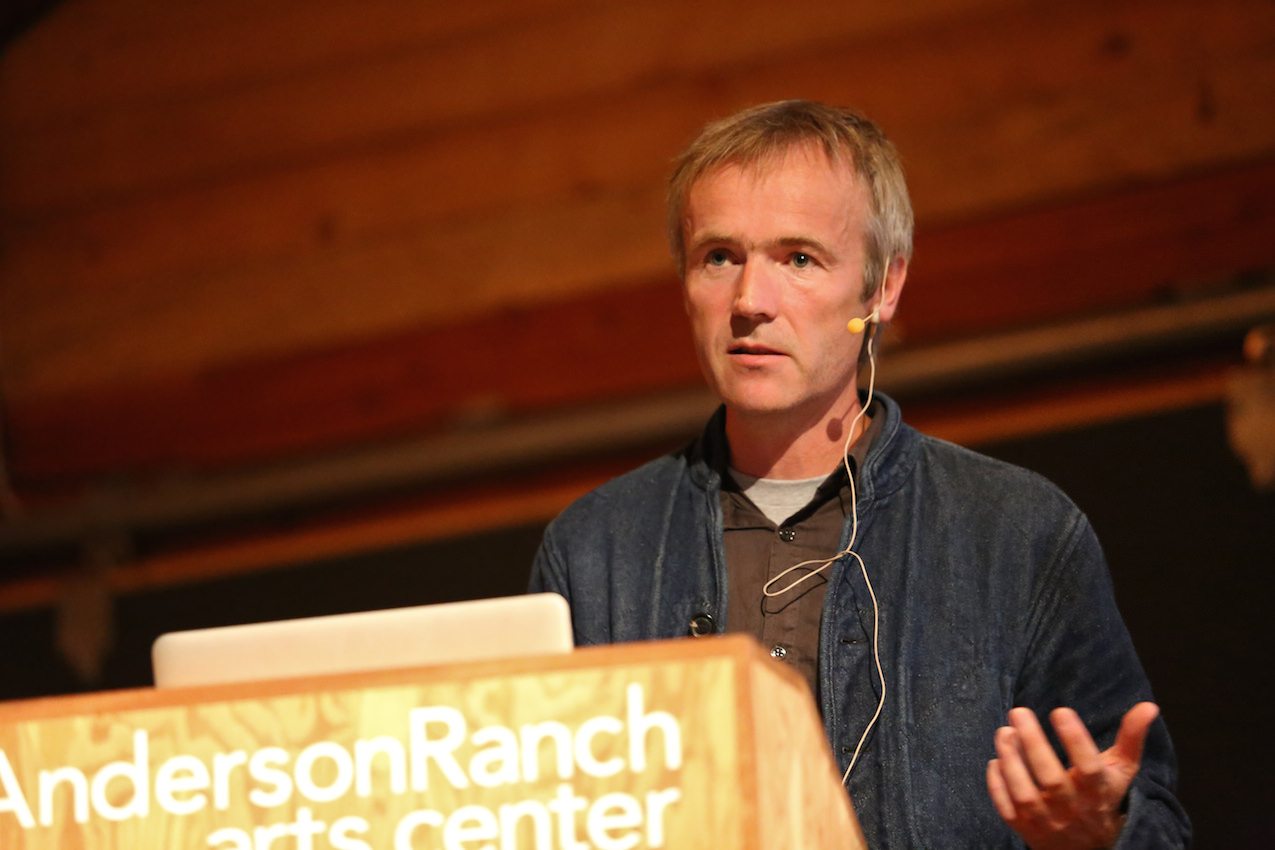
Courtesy of Anderson Ranch arts center
Next year, Anderson will celebrate 50 years as the beating heart of the visual arts community in this part of the country and, increasingly, for serious art world denizens. “What goes on here is not influenced by or in any way a result of what is going on in the art market. We are people making art,” said Nancy Wilhelms, the executive director of Anderson. “Having a true experience here that can change your life—that’s what we offer,” she continued.
Those who’ve made the trek include the artists Marina Abramović, Nick Cave, Theaster Gates, Ron Nagle, Catherine Opie, Fred Tomaselli, Bill Viola, and Kara Walker, as well as the curator Massimiliano Gioni.
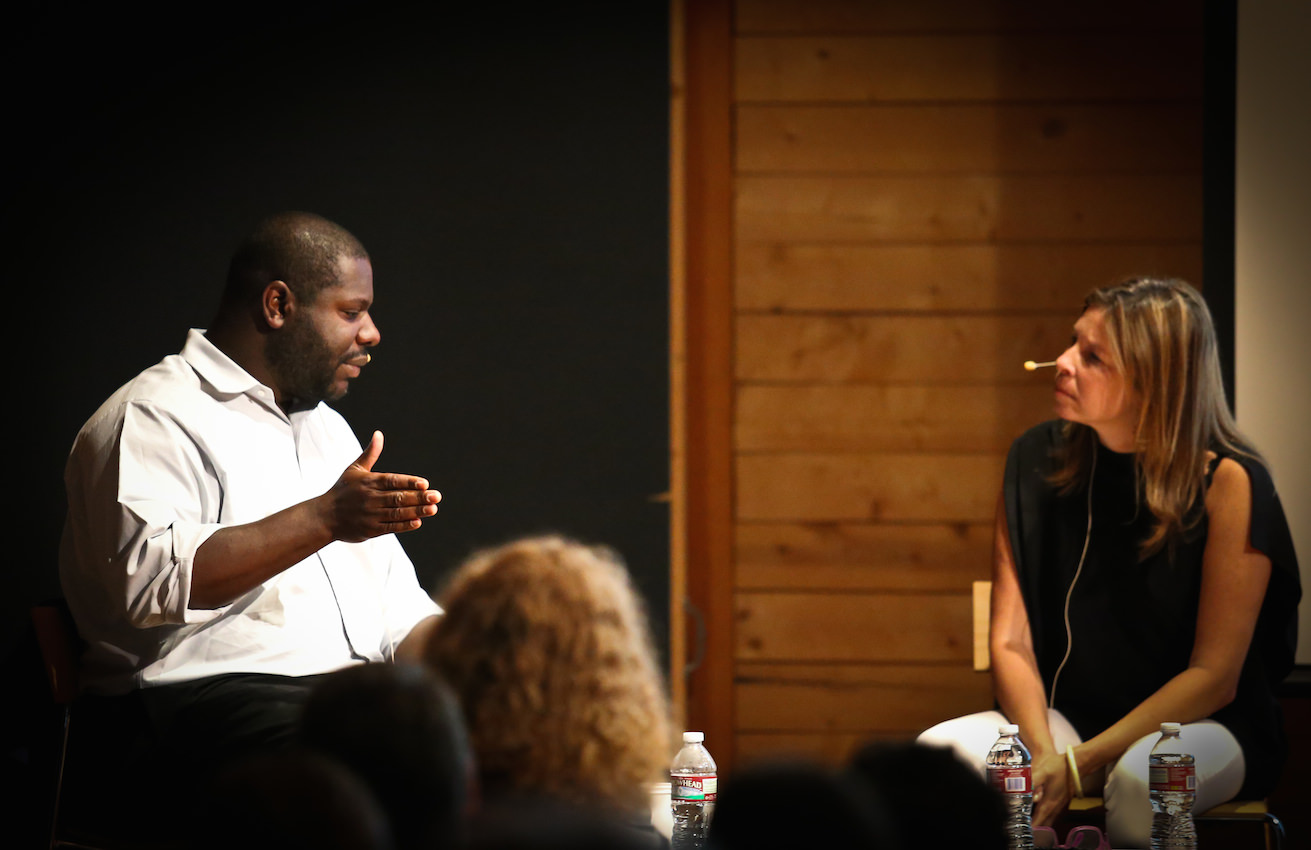
Courtesy of Anderson Ranch arts center
They are joined throughout the year by dozens of other artists or masters of their craft who come to Anderson to teach, lecture, or take advantage of highly competitive residences, for which three to four hundred applicants vie for fewer than 30 spots throughout the year. Anderson seeks out artists who are seriously committed to stretching themselves by trying new media and by interacting or collaborating with other artists at the ranch, in order to grow their practice. It is “not about giving people a studio and feeding them,” Wilhelms said.
The ranch’s workshops last from several days up to three weeks. Students and teachers alike take advantage of 24-hour access to the professional-grade studios strewn among its 14 rustic buildings. Offerings have expanded from the early days of ceramics and photography. The more than 140 workshops now also include painting, drawing, printmaking, sculpture, furniture design, woodworking, woodturning, and new media.
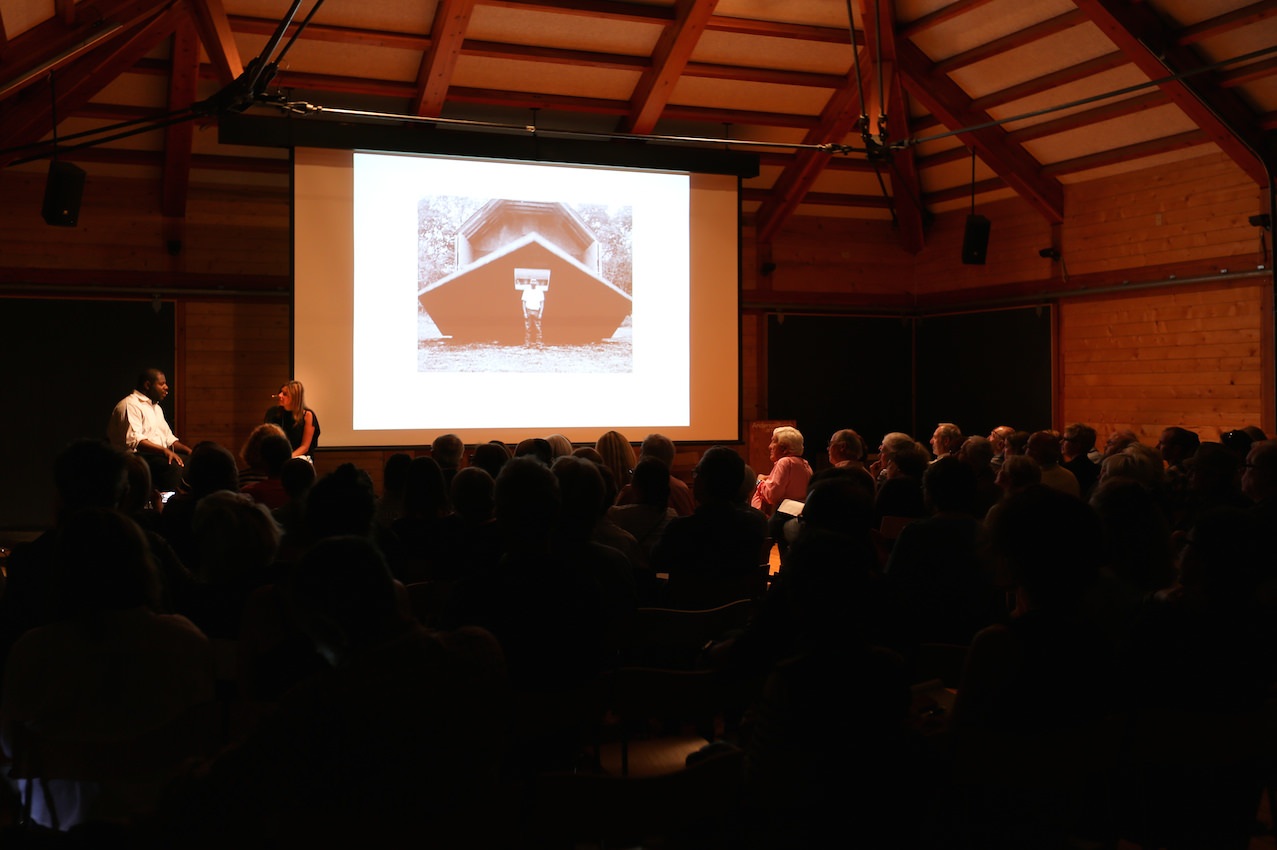
Courtesy of Anderson Ranch arts center
Anderson’s students are not just regional retirees and Aspen socialites (including members of its own board and staff), but people from all over the world: men and women who are working artists all year long, people escaping from creativity-killing careers to fan a flame burning since childhood, art students on scholarships, even teens and children.
At the ranch’s café last summer, I ran into Mera Rubell, who said she has taken classes in photography and ceramics at Anderson because she “wanted to get inside and understand the process of how you start a work, where the spark comes from”—something that she had only observed from the outside during her decades as one on the most important American collectors of contemporary art.
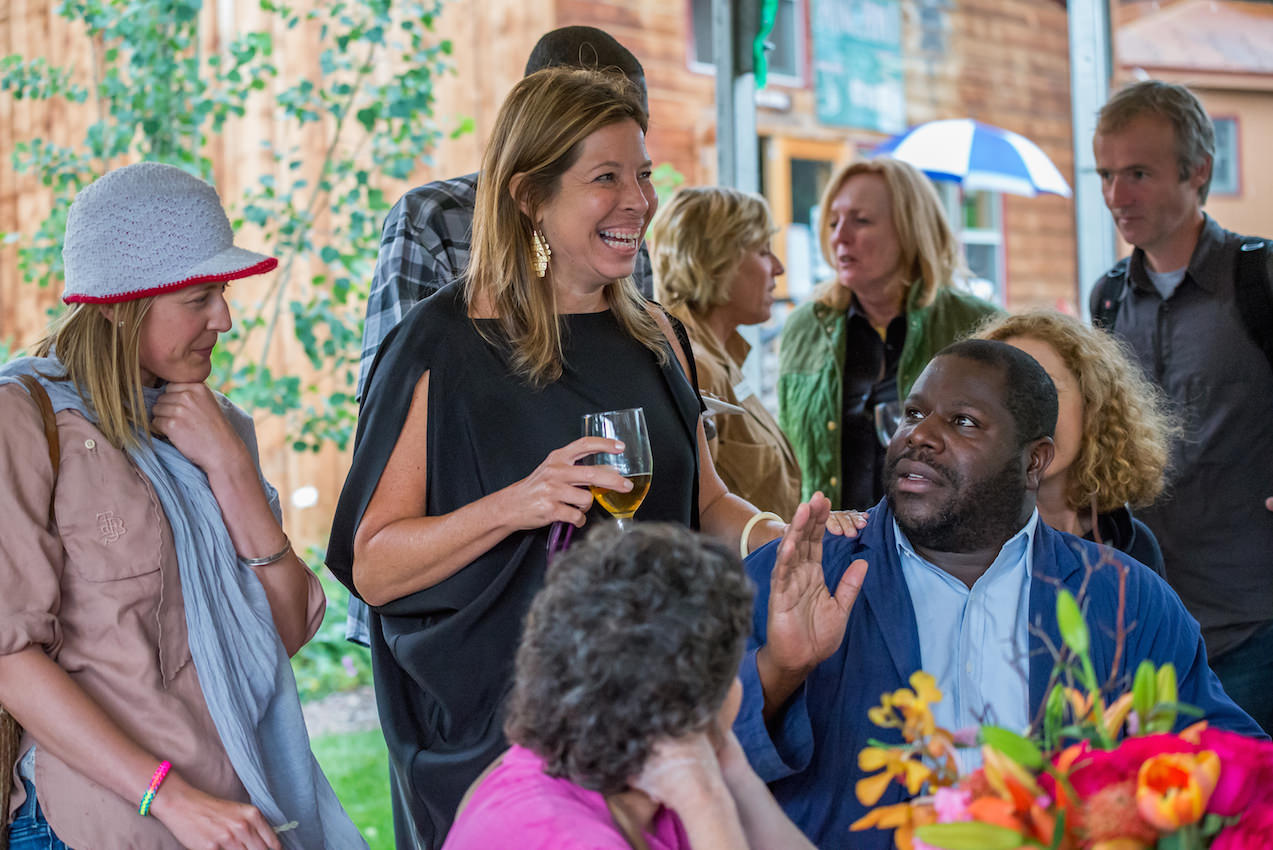
Courtesy of Anderson Ranch arts center
Rubell recounted an Anderson experience that held meaning for her years later. In one class, there was a field trip to a local dump. Students were told to pick out objects that inspired them. Yet she fretted that everything she saw already seemed it had been “done” by other artists, “Rauschenberg, for example.” She said her own “knowledge and sophistication” were getting in her way. And she was grateful when she was helped to put that aside and make something.
****
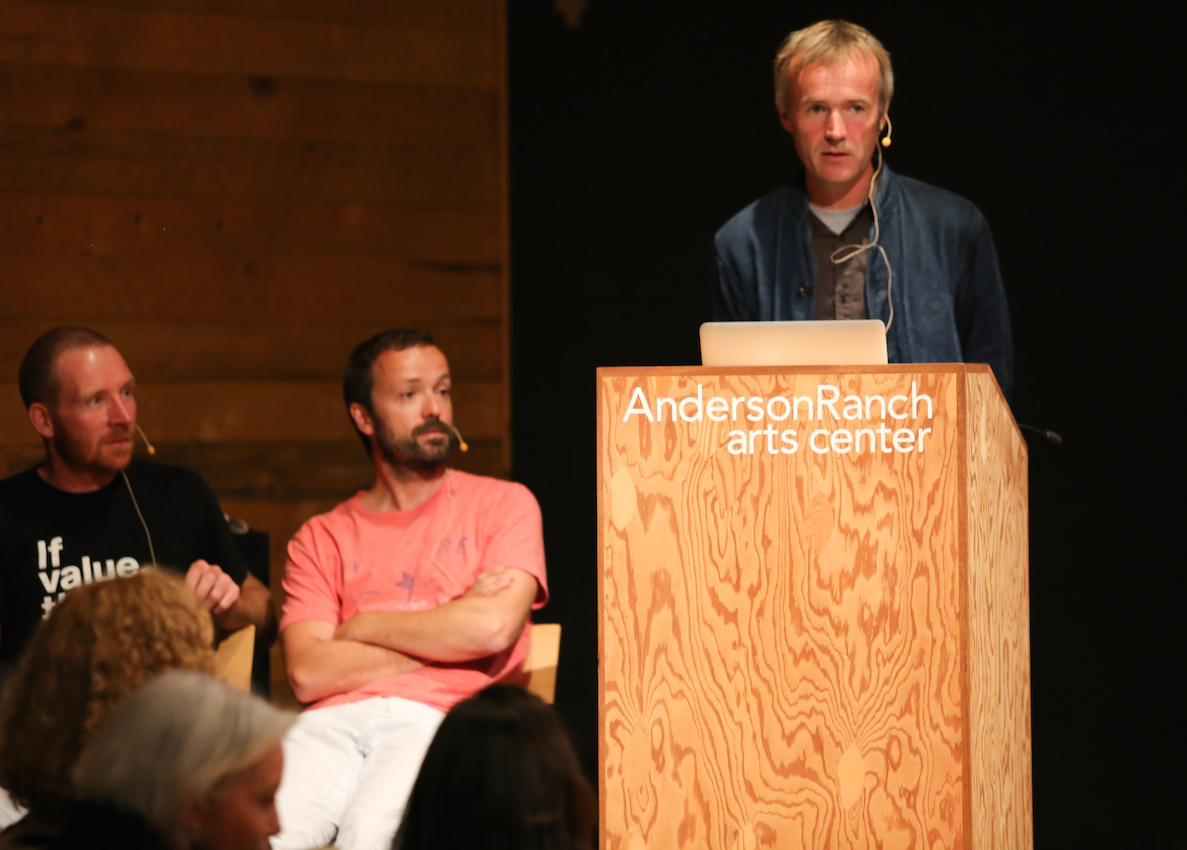
Courtesy of Anderson Ranch arts center
The week I arrived to profile the ranch, Aspen Art Museum hosted a 24-hour party to celebrate its new 33,000-square-foot space designed by Shigeru Ban in the center of town. Debates about the expansion were threatening to suck all the air out of this already oxygen-depleted place.
Anderson seemed to stay above it all. Wilhelms emphasized that the museum, in its new home, is “a bright new asset in the community.” When asked about the impact on the ranch’s programs or its fundraising, she demurred. She said, “I don’t want to compare us to them,” echoing the sentiment of board members and other staff who were interviewed separately as well.
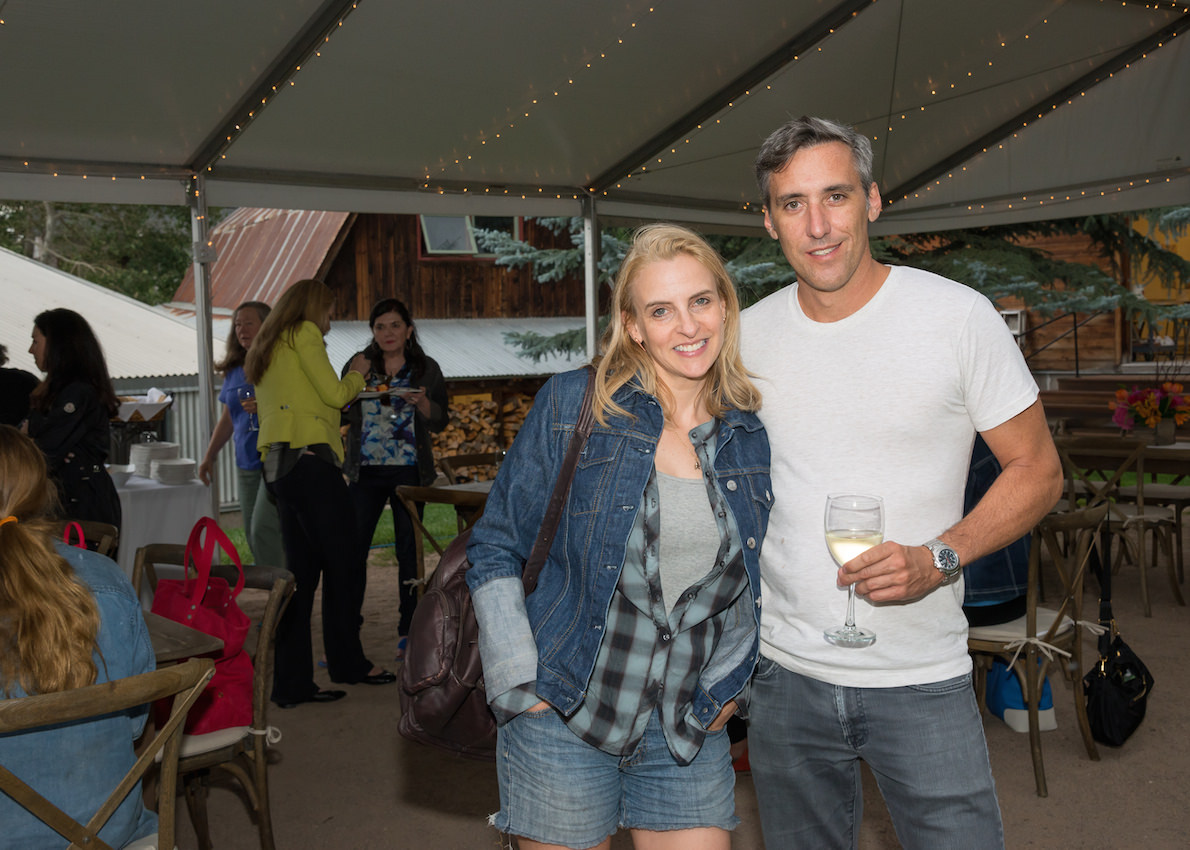
Courtesy of Anderson Ranch arts center
All stressed that the museum is about the exhibition of art, not its creation.
Though both the museum and the ranch take pride in and put a lot of money toward their educational programs and hot-ticket talks by important art-world guests, there’s a power differential between the two institutions, certainly financially. The Aspen Art Museum’s brand-new building cost $45 million and it has raised an endowment of more than $20 million. In 2013 Anderson reported just over $4 million in revenue.
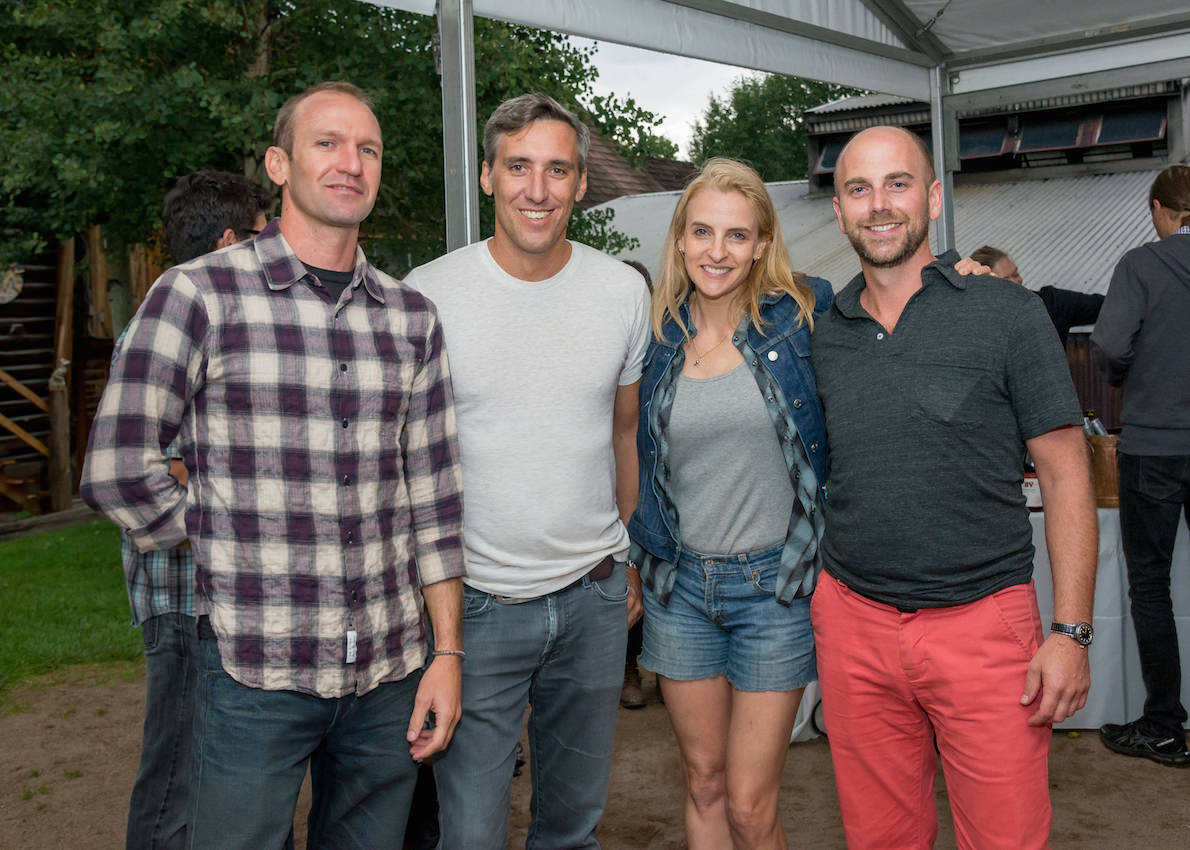
Courtesy of Anderson Ranch arts center
***
I had not touched clay since summer camp. In my workshop, everyone else was throwing bowls within an hour—centering the clay, opening it up, pulling up the walls, and shaping their vessels with confidence. Yours truly made a lot of “coasters.”
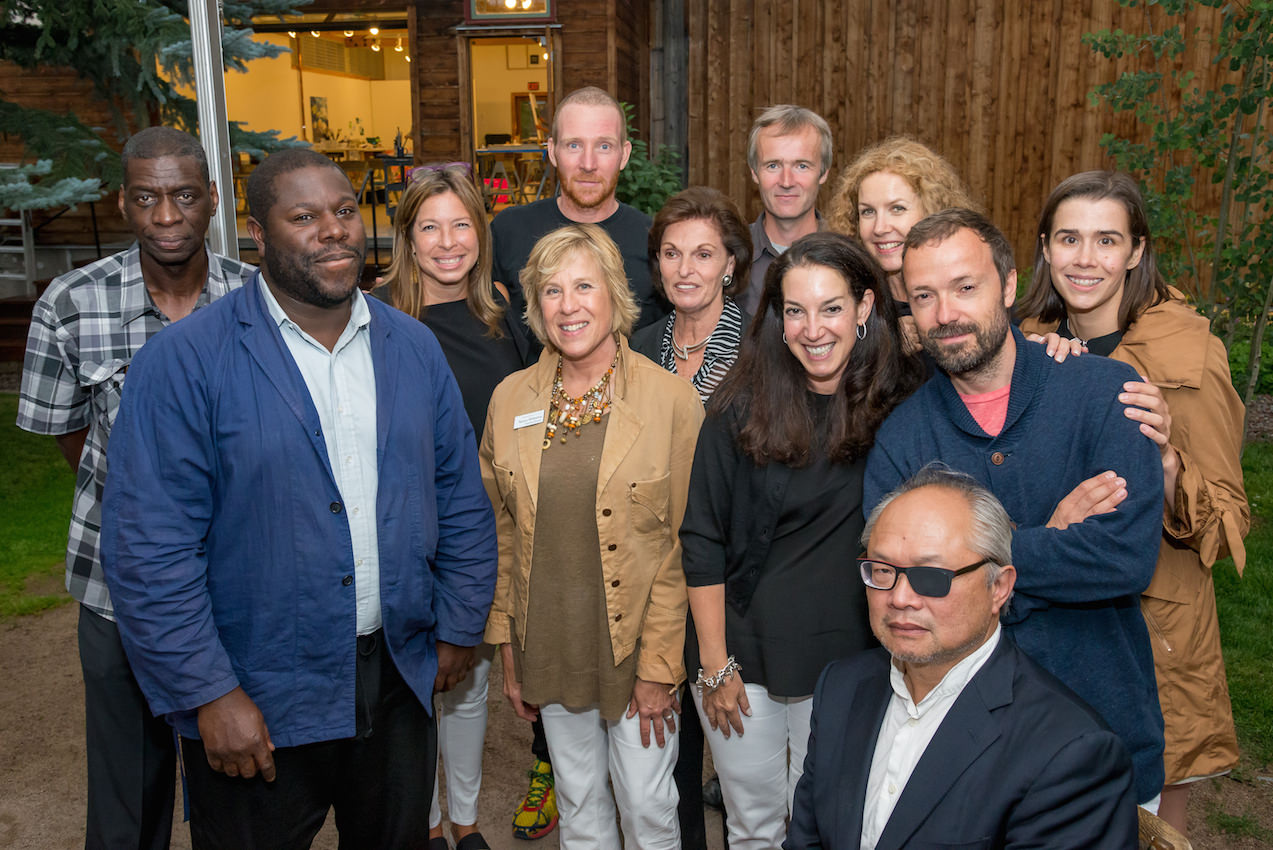
Courtesy of Anderson Ranch arts center
Two of my fellow ceramicists were university professors outside the arts and two were people who, without irony or humor or invitation, lapsed into the resigned language of 12-step “recovery” to justify their regular jobs as corporate cogs.
In my class was Kathleen Royster, a Utah-based artist who has spent, she said, “twenty-five years making a living with my clay” and has pieces in the collections of the Los Angeles County Museum of Art and the Smithsonian’s Renwick Gallery. Freehand Gallery, a high-end craft gallery in Beverly Hills, “sells as much as I can give ’em,” she said. The attraction of the ranch, she said, was that she usually worked in utter isolation.
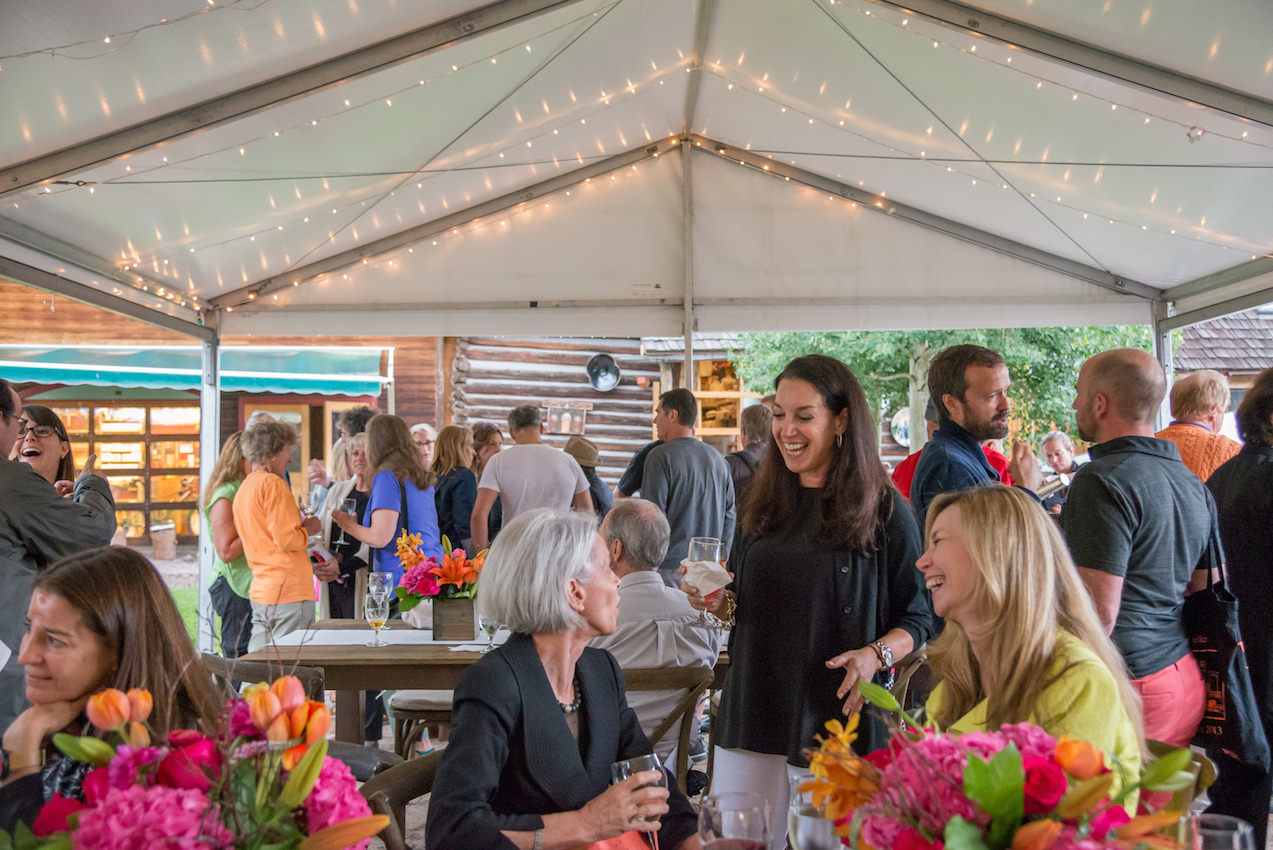
Courtesy of Anderson Ranch arts center
Ceramics classes are taught in the oldest building in Snowmass, a barn constructed in the mid-1800s. It sits at the center of the kiln yard with a handful of options for firing: gas, wood, electric, or Japanese anagama. One day, I wandered into a semiprivate studio among the kiln rooms where I was able to introduce myself and watch the whirring, working hands of Takashi Nakazato, a 13th-generation potter who, like his father, has been designated a Living National Treasure of Japan. He had been an artist in residence at the ranch more than 20 times.
I stole back to my clay, digging my hands in with abandon.
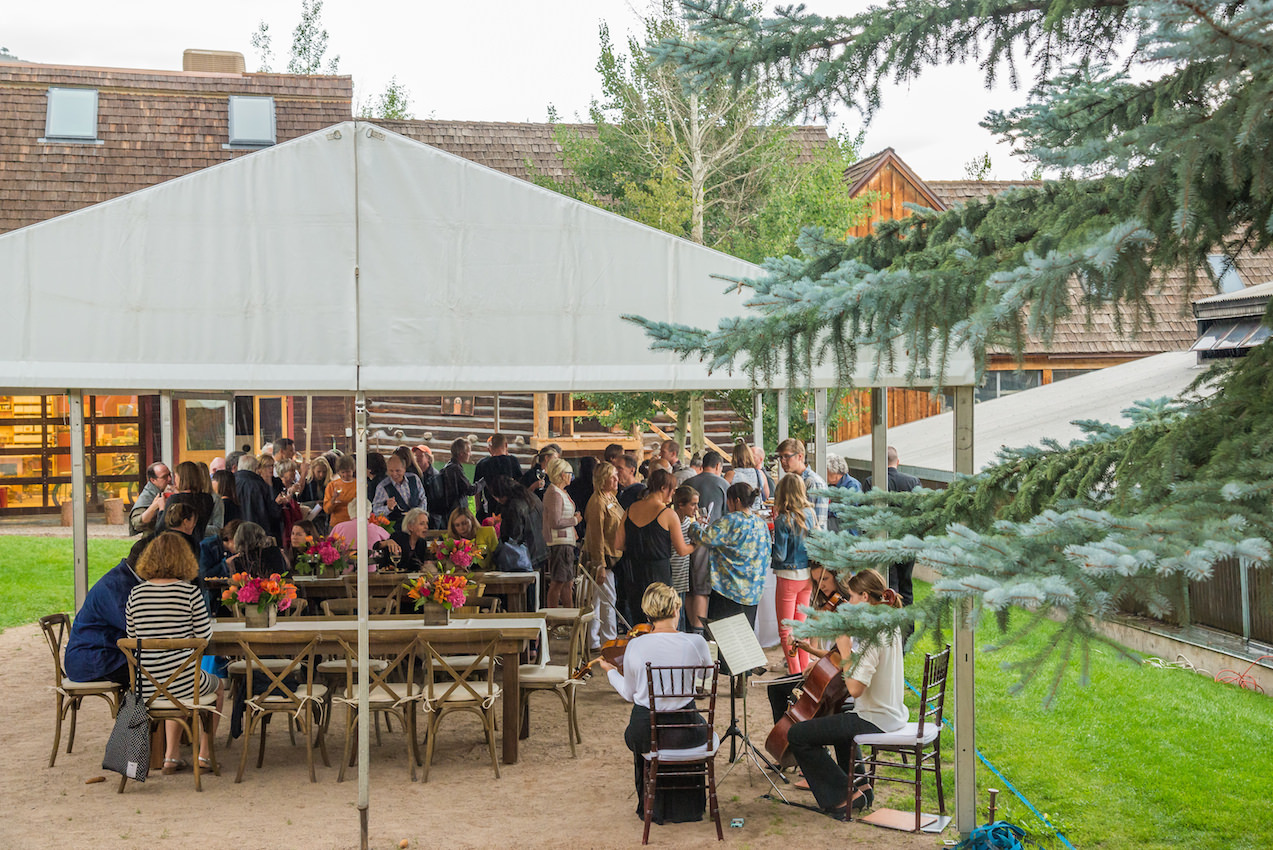
Courtesy of Anderson Ranch arts center
***
Across a grassy yard, the Brooklyn-based painter Emilio Perez was teaching a two-week painting workshop. It was the first time at the ranch for Perez, who has had solo exhibitions with Galerie Lelong in New York and Paris and has works in the permanent collections of several museums. (He has signed up to do it again for summer of 2015.)
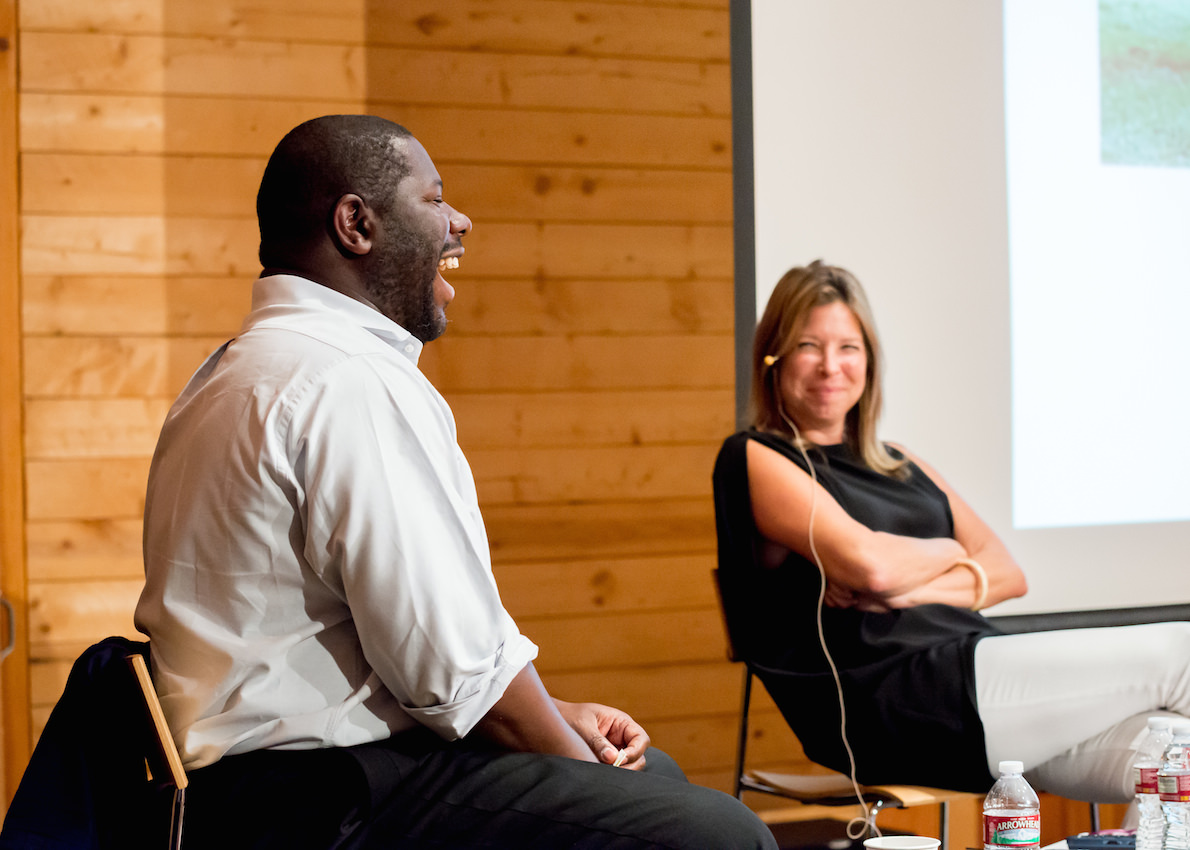
Courtesy of Anderson Ranch arts center
Among varied works on paper and canvas, his student Jamie Grace Davis, 32, an MFA candidate at Otis College of Arts and Design in Los Angeles, was painting an old guitar she’d found in the trash, as a means to explore, she said, “what happens when you take an object of value that no longer serves its purpose, but you wrap it in a language that is steeped in value.”
She said she was enjoying the mix of ages at the ranch. “It’s really important for young artists to connect with older artists.”

Courtesy of Anderson Ranch arts center
“That’s what a place like this is,” Davis said as she mulled over her handiwork late one night. “It incubates and fosters the possibility of flourishing in an industry where the odds are stacked against you.”
“These types of spaces are so important. Because in the world in general, as an artist, you live with such a polarity, you are nothing until you are everything. And that is very clearly mirrored by the art market,” she added.
***
Over the years, Anderson has found ways to embrace, as Wilhelms put it, “innovation and change as the art world has changed.”
That means, for one, technology. She boasted of the ranch’s “fab lab” where the “f-word” stands for both “fabulous” and “fabrication.” “It’s where all our newer technologies are together and can be accessed by anyone in any department,” so artists can create, say, sculpture and ceramics using computer-aided design software, 3-D printers, CNC routers, plasma cutters, and so on.
But embracing change also means trying to integrate into Anderson –a place that reveres craftsmanship– the highly conceptual kind of work that makes headlines in the art world.
To that end, last summer the ranch invited Anne Pasternak, who heads the New York City–based public arts nonprofit Creative Time, to curate a two-day symposium on art and social change, complete with a 100-page reader she’d prepared to brief the audience.
The symposium came on the heels of Creative Time having produced Kara Walker’s blockbuster art project Subtleties, with its monolithic sphinxlike “mammy” crafted in sugar at the Domino Sugar Factory in Queens, New York. Pasternak shared that project’s backstory before introducing the keynote speaker, Steve McQueen, whose art and feature films are steeped in many political issues, from human trafficking to sex addiction to war.
Also sharing their work were members of the Danish art-collective SUPERFLEX, known for using laboratory-like activities, film, publications, paintings, and installations to examine and provoke economic systems. And there was the broad-ranging conceptual artist Mel Chin, who—true to Anderson’s ethos—was seen wandering into and poking about the ceramics studio during his stay at the ranch.
“It’s really nice that people can come together when it’s not about parties, not about the art market, but about ideas,” Pasternak said.
Indeed, the Cuban-born performance artist Tania Bruguera, speaking by Skype, caused a stir with her stance on the Israeli-Palestinian conflict, leading to some serious debate and raised voices—both during the Q and A and subsequent cocktail party—about how artists view the value of their work on the world stage.
The highlight and the heart of the two days of panels and presentations was a straightforward yet impassioned address not from an artist, but from the Pulitzer Prize–winning New York Times art critic Holland Cotter.
Drawing on his own personal history, Cotter traced how art and love “have interacted in my life over time,” including his boyhood exploring on his own at the Museum of Fine Arts in Boston and his realization that art was “alive and change-making.”
He implored the audience to bring more mindfulness to its relationship to art; to be more aware of art as a “tool for agency”; to question what it means “when you say ‘I love art and I buy it’”; to keep bringing many questions and doubts to whatever it is you do with, in, and for art, but to proceed always with passion.
Here he acknowledged that “passion” may be one of those “worn-out words” and yet he went on, his throat almost hoarse with emotion, urging more than anything that to the making, the collecting, the exhibiting, even the critiquing, all of us “bring a crazy love” to it all.
The audience, swept up in his spirit and surrounded by the green grounds of the ranch, applauded.








